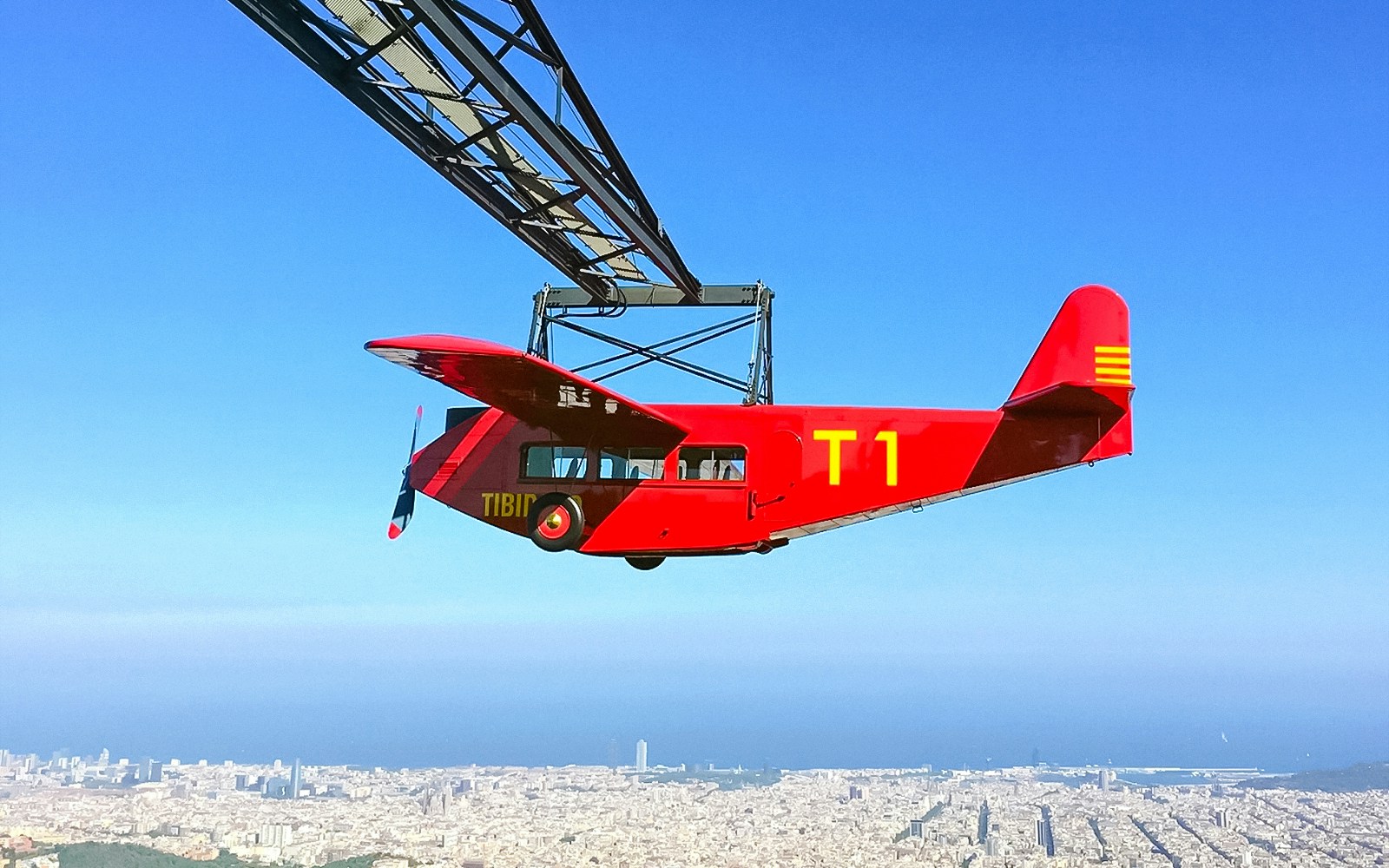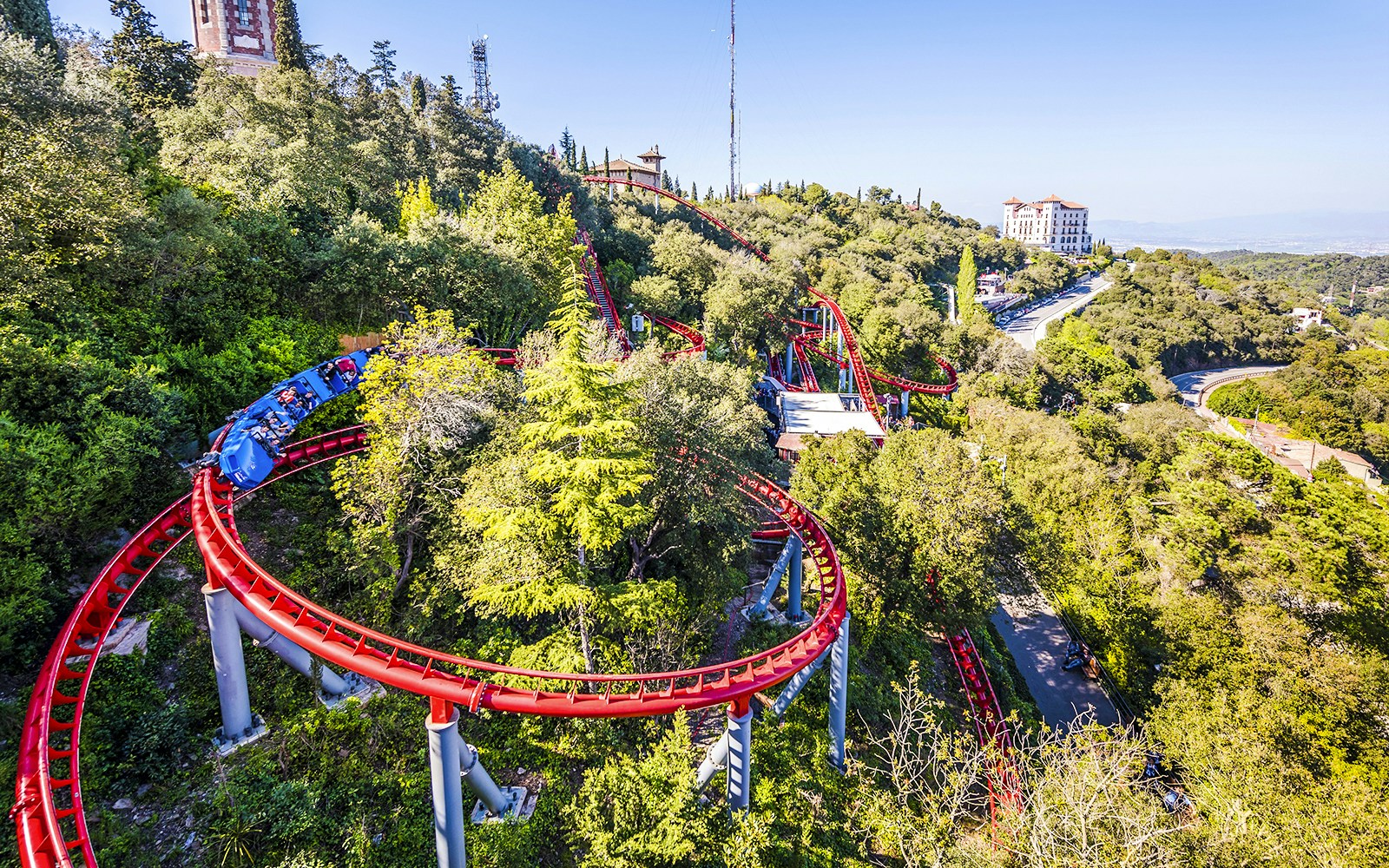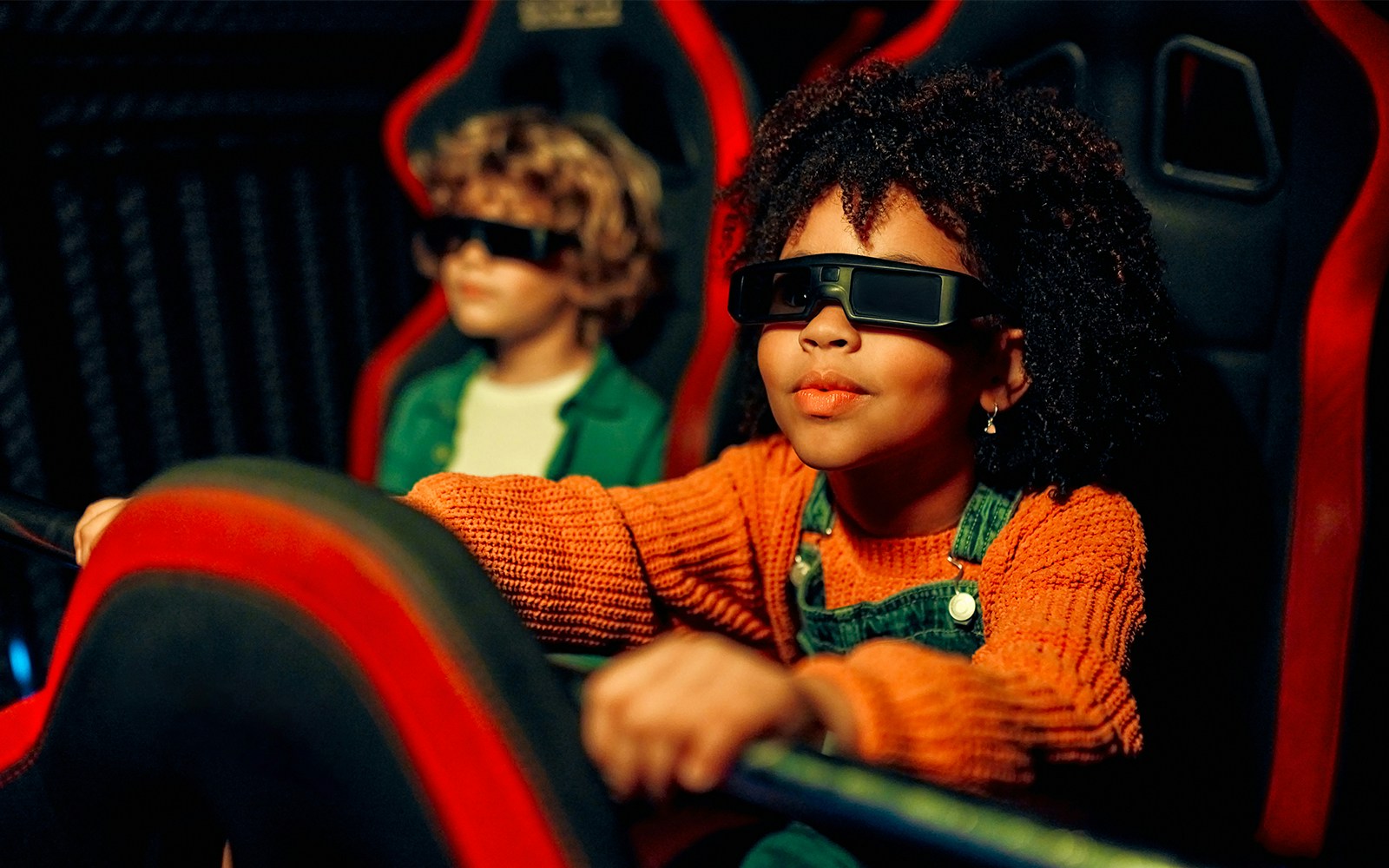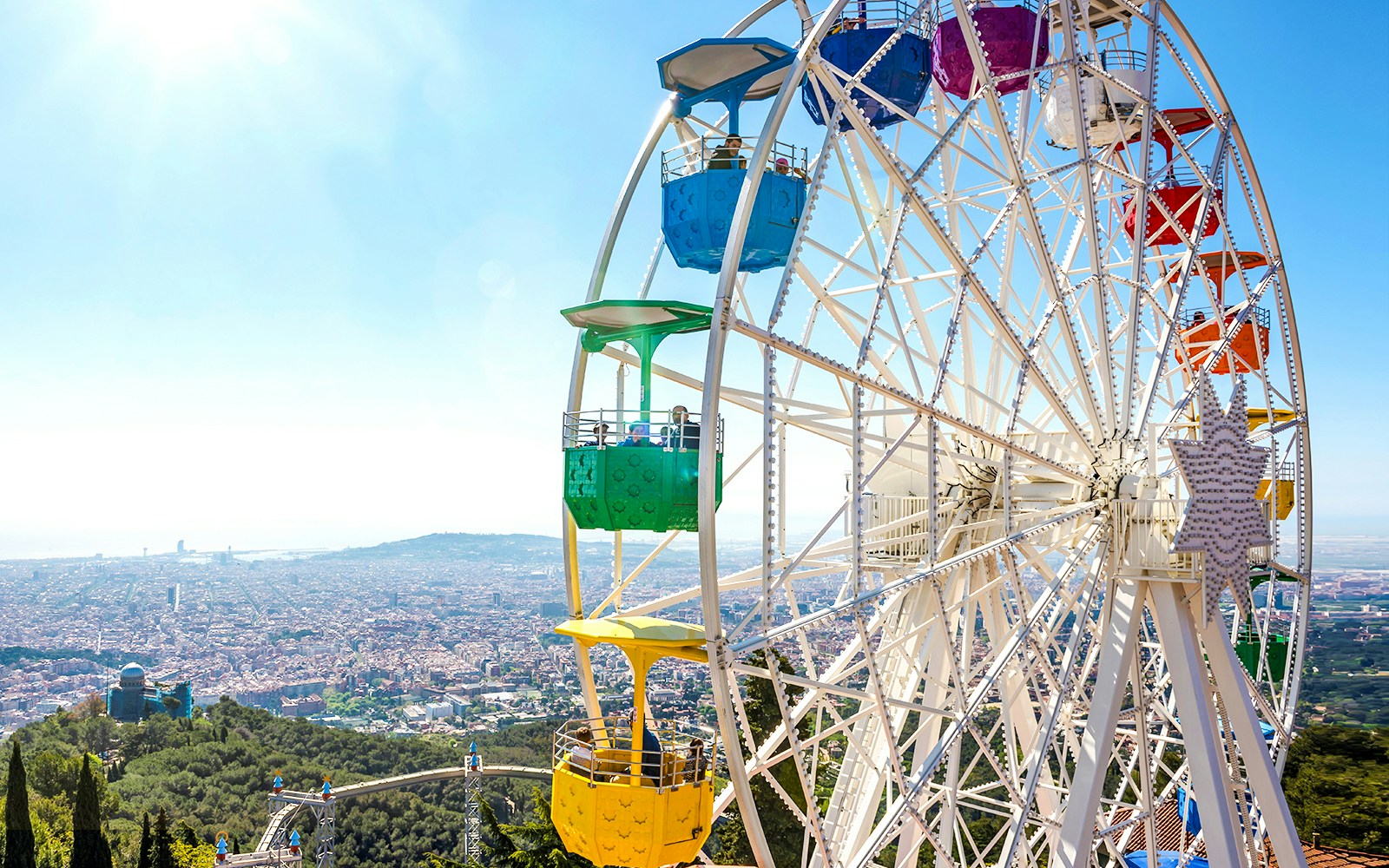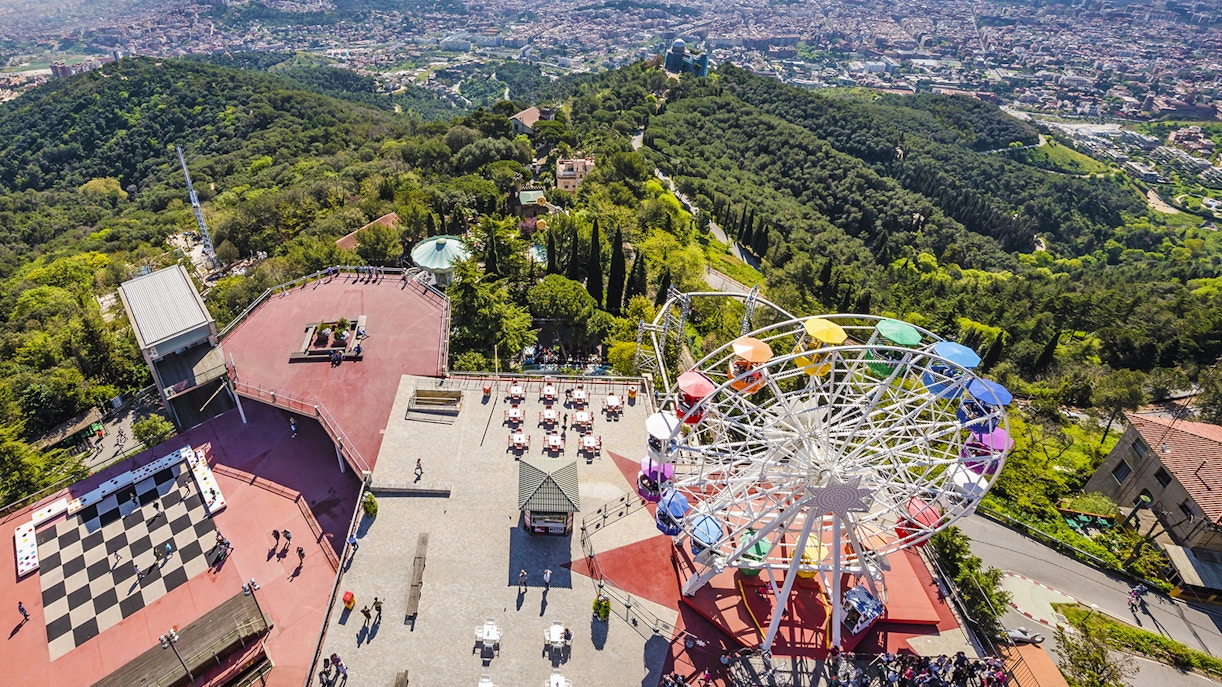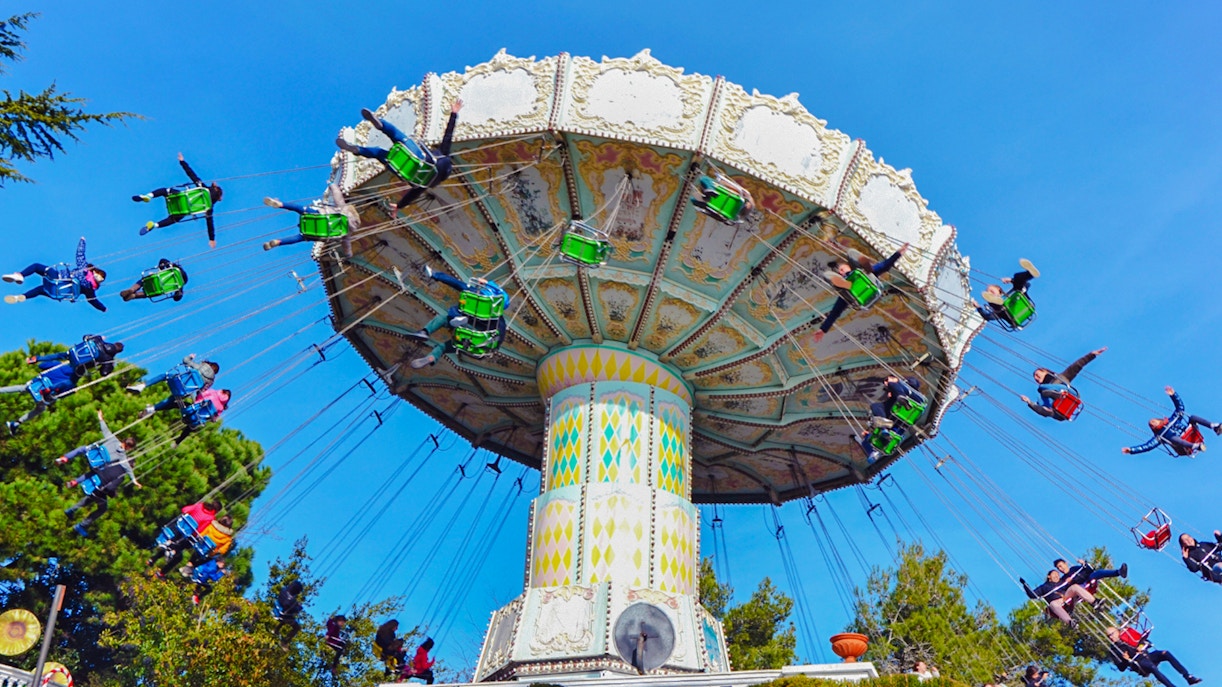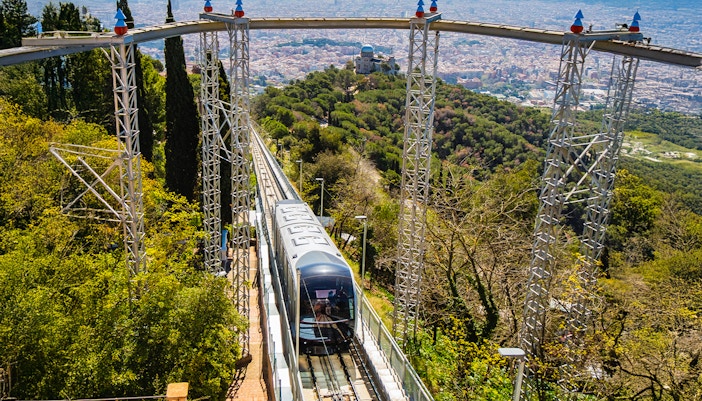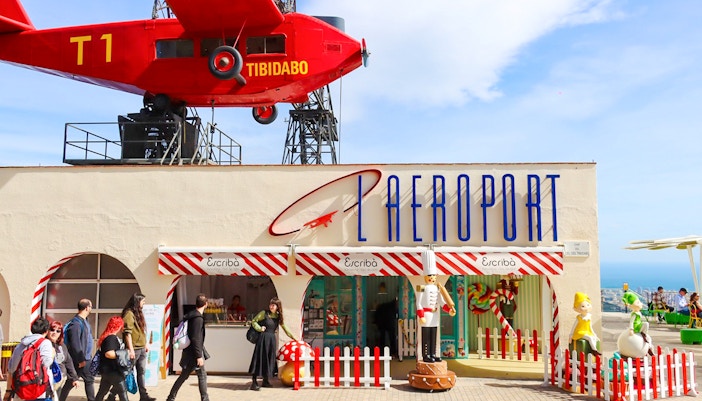Tibidabo has been entertaining Barcelonans since 1901, and somehow, it’s never lost its charm. Where else can you hop on a vintage plane that “flies” over the city, ride a 1920s carousel, and still scream your lungs out on a modern roller coaster?
Why visit Tibidabo Amusement Park?

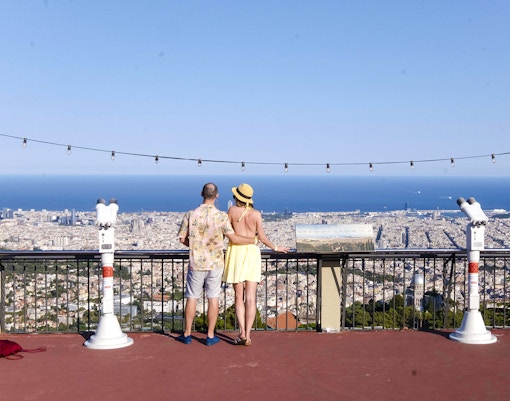
The best view in the city
This isn’t a “maybe bring your camera” situation. From the top of the park, Barcelona unfolds beneath you like a living map—beaches, boulevards, even Sagrada Familia’s spires in the distance. And from the Ferris wheel? It’s pure postcard perfection.

Thrills without the chaos
Tibidabo keeps the drama where it belongs—on the rides. You won’t deal with mile-long queues or sensory overload. Just a thoughtful mix of heart-racing coasters, gentle rides, immersive shows, and surprises tucked around every corner.

Quirky, local, and full of personality
You’ll feel it the second you arrive: this isn’t some glossy theme park clone. From puppet theaters and vintage signs to views framed by mountain pines, Tibidabo Barcelona has a distinct Catalan soul that makes the experience feel both grounded and delightfully surreal.

Ride the thrills, then climb the basilica
Right next door, the Temple Expiatori del Sagrat Cor adds an extra layer of wonder. This neo-Gothic beauty crowns the mountain, and if you take the elevator to the top, you’ll get an even higher viewpoint than the rides can offer.

It’s not just a park—it’s an escape
In just 30 minutes, you can go from downtown Barcelona to a mountaintop filled with fresh air, nostalgic rides, and panoramic drama. Whether you're with kids, a partner, or just yourself, this Barcelona theme park is the perfect reset button.
